Bioessential trace metals such as Cd, Co, Cu, Fe, Mn, Mo, Ni, V, Zn and Cr are an incredibly important part of marine biology, without which life in the ocean would not exist the way we know it. The aim of the GEOTRACES program is to understand the processes affecting the distribution of trace elements and their isotopes (TEIs) in the global oceans, including the small stuff. One difficulty in analysing trace metals can be guessed from their name – they are present only in trace amounts in the ocean, as low as a few parts per billion (1ppb = 0.000000001%) units of water or less! This makes their detection and quantification very challenging, and can only be determined by using extremely sensitive instrumentation. But these metals are in abundance elsewhere, and contamination of samples is an enduring menace . We are, after all, floating around in a giant vessel made primarily of metal! The question then is – how can we be sure that the trace metal concentration that we are detecting is purely derived from the seawater, and not from the ship or from other metal tools and instruments that we use? Just a speck of rust from a steel cable or a miniscule flake from dust blown around the deck or stuck to our clothing could overwhelm any natural metals that exist in the seawater samples.
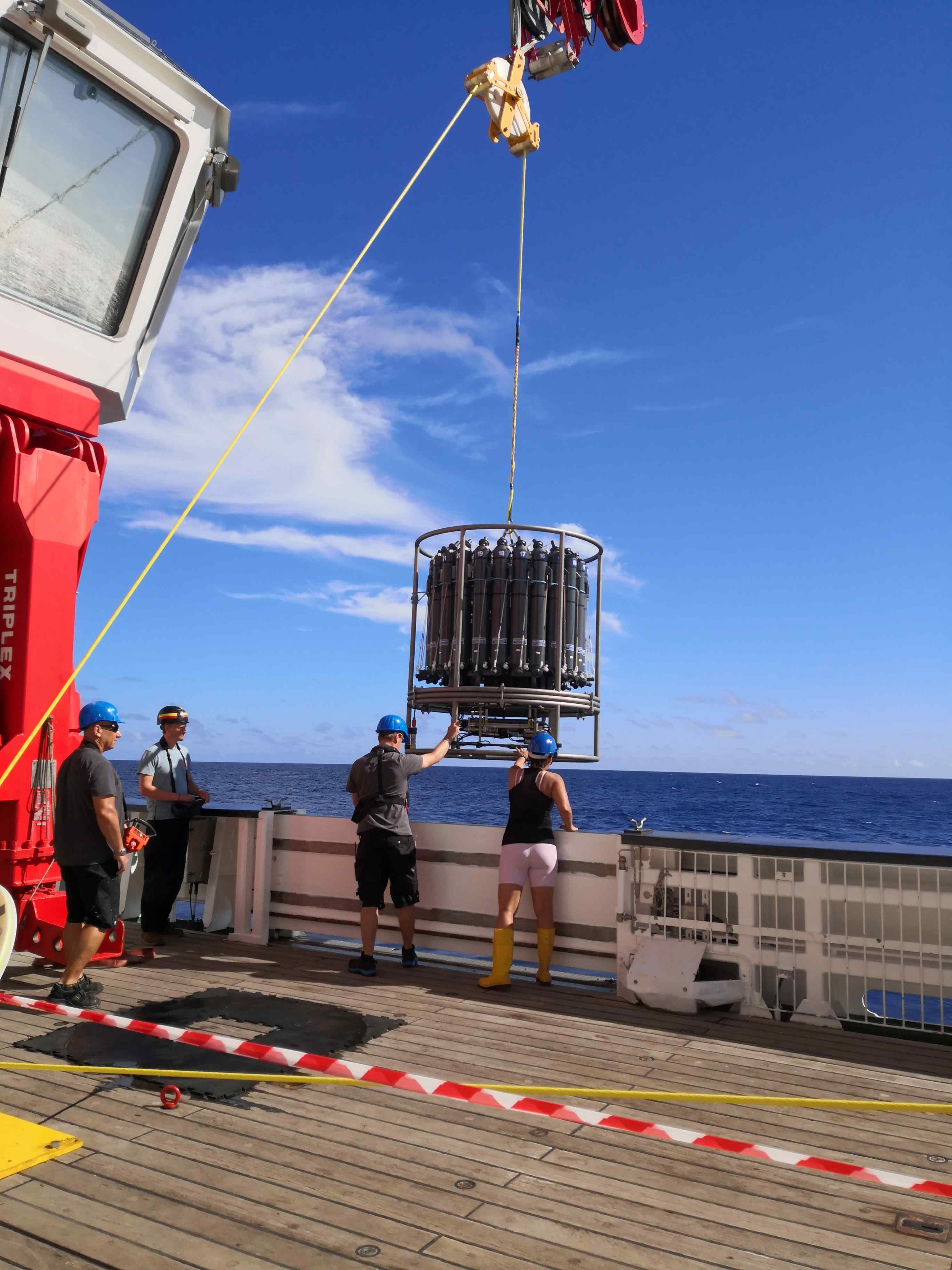
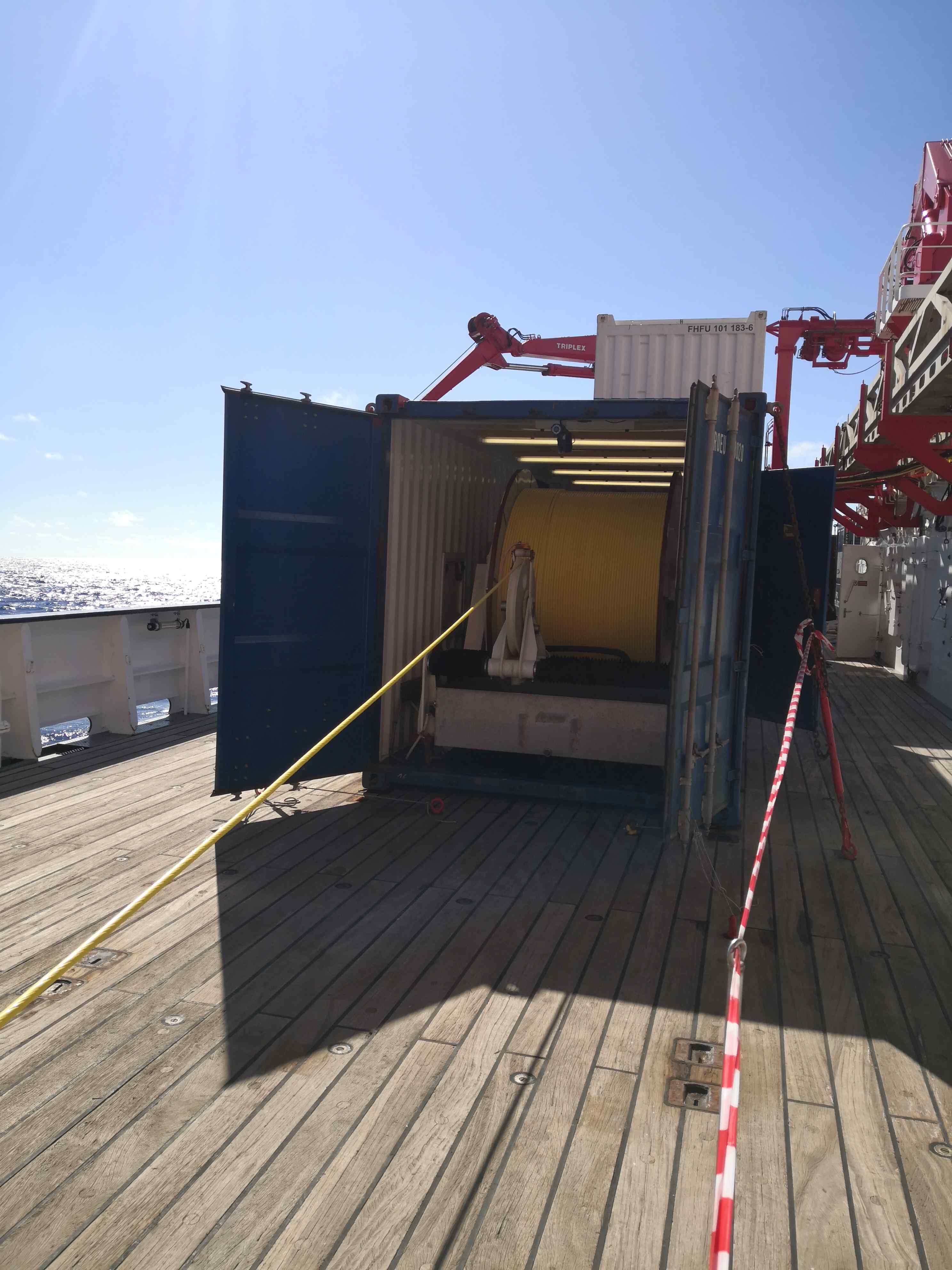
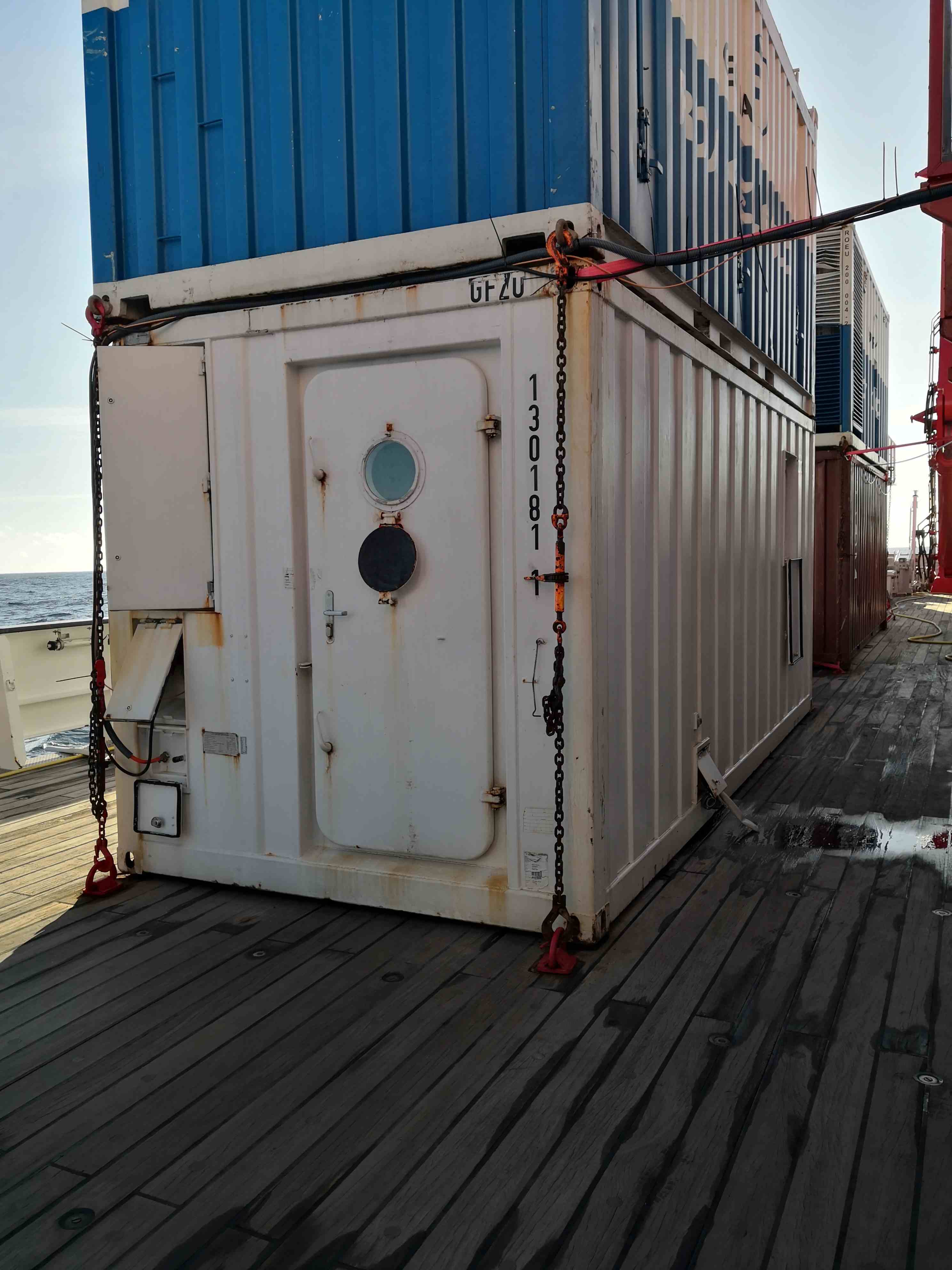
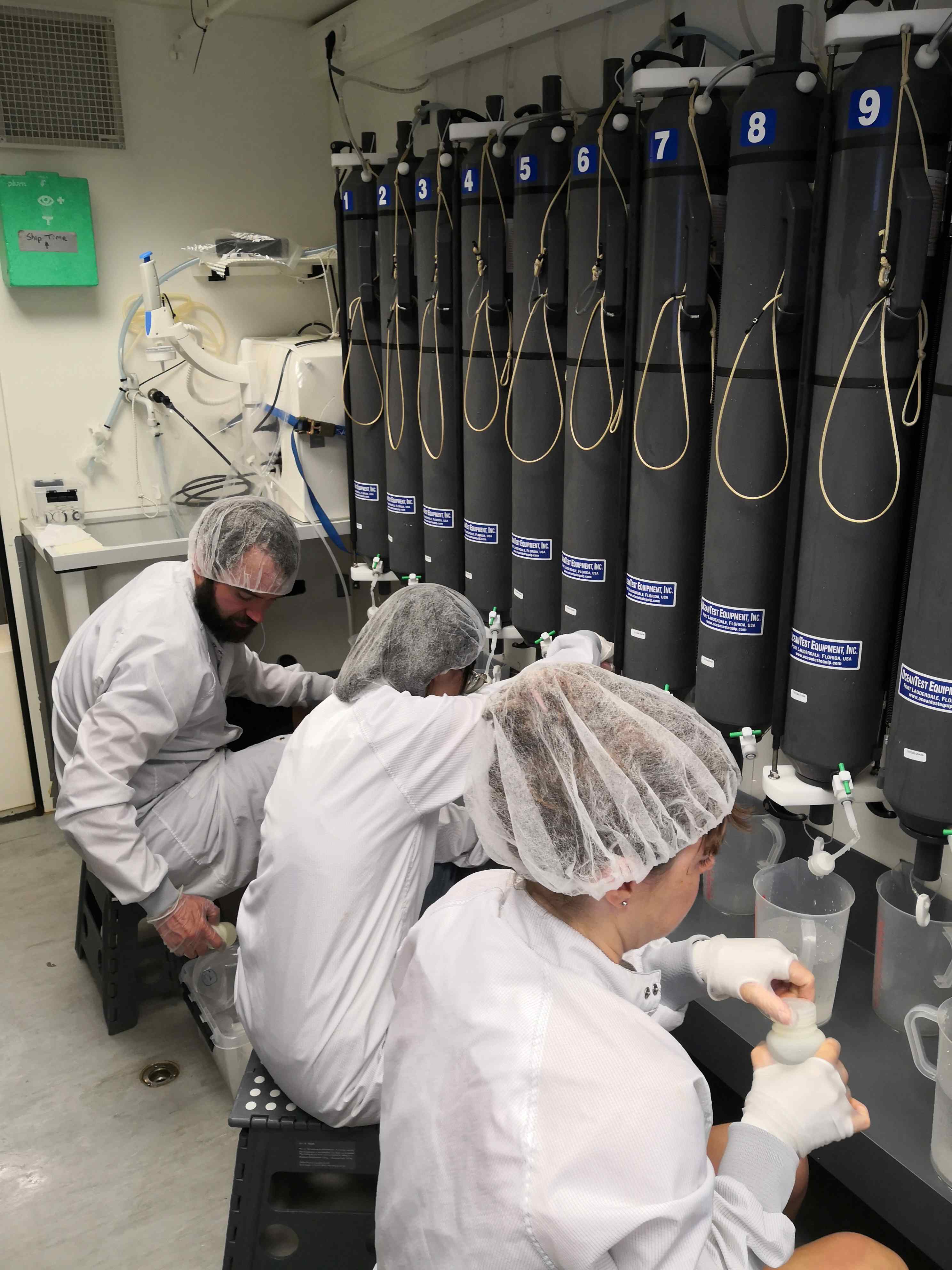
The answer is – we build our very own metal-free space on the ship. Our clean lab container (“the van” #vanlife) serves as a trace metal-clean oasis where we can collect and process our samples without the fear of contamination from the ship itself. Air entering the van is filtered to the highest degree, and a constant positive overpressure pushes air from the inside out, expelling any dust in the air. All surfaces are made of clean plastic (Teflon or PVC), which we keep absolutely immaculate at all times, and any metal that has to be brought inside (such as a pump which we use to filter samples to isolate soluble trace metals <0.02um in diameter) is not touched unless necessary (gloves are worn and changed when we do have to touch it). We have a MilliQ water filtration system which provides us with ultra-pure water for processing our samples. We change our shoes, sporting chic overcoats and stylish hair nets to minimise any additional dust that we bring in with us. To top off our look we wear trace-metal clean vinyl gloves when handling sample bottles. The icing on the cake is our laminar flow hood – the cleanest micro-environment on the whole ship, which we use for handling all samples, such as acidification for preservation, and for filtering to isolate soluble trace metals.
So that all sounds great, but there is one more missing piece of the puzzle – isn’t it necessary to bring the Niskin bottles from the outside in? Well, yes. That is unavoidable. But we take measures to make sure that our Niskin bottles, and the samples contained within, do not come in contact with any contaminants between the rosette and the van. Our magic ingredients include a trace-metal clean rosette made from titanium which doesn’t leach elements in the same way that one made of stainless steel might. We also use a plastic-coated Kevlar cable and trace-metal free LEBUS winch system to deploy our rosette, so waters we are sampling do not contain any extraneous metals from the rosette or cable. Our sampling starts at a minimum of 20m depth to avoid taking waters too close to the hull of the ship or the surrounding ocean surface where contaminants may settle. Finally, we touch nothing without clean vinyl gloves, as well as using clean gloves to cover the Niskin bottle nozzles, and we carry each bottle by hand into the clean lab container, without ever opening the Niskin bottles outside and exposing the samples to the shipboard air.
With this dedication to clean air, clean hands, clean samples, we can trust that the trace metal data we get from our samples really represents only the naturally occurring concentrations of the Pacific Ocean. This doesn’t come without its cost though – work in the van can be tough. Our van sits on the deck directly in the sun, and even with our air conditioning the temperature inside typically tops 30 degrees with humidity reaching sauna levels. With 5 people inside the ~10 square meter room wearing plastic overcoats, often working for hours on end in the middle of the night, the only way to keep morale high is to make the work as fun as possible – playing upbeat music that we can’t help but sing and dance to, enjoying the sporadic and “refreshing” seawater facials, learning each other’s cultures and languages (Chinese, Hindi, Punjabi, English and German) and laughing so hysterically that others abandon their posts to gawk at us through the window! Everybody wants in on that hawt #VanLife!
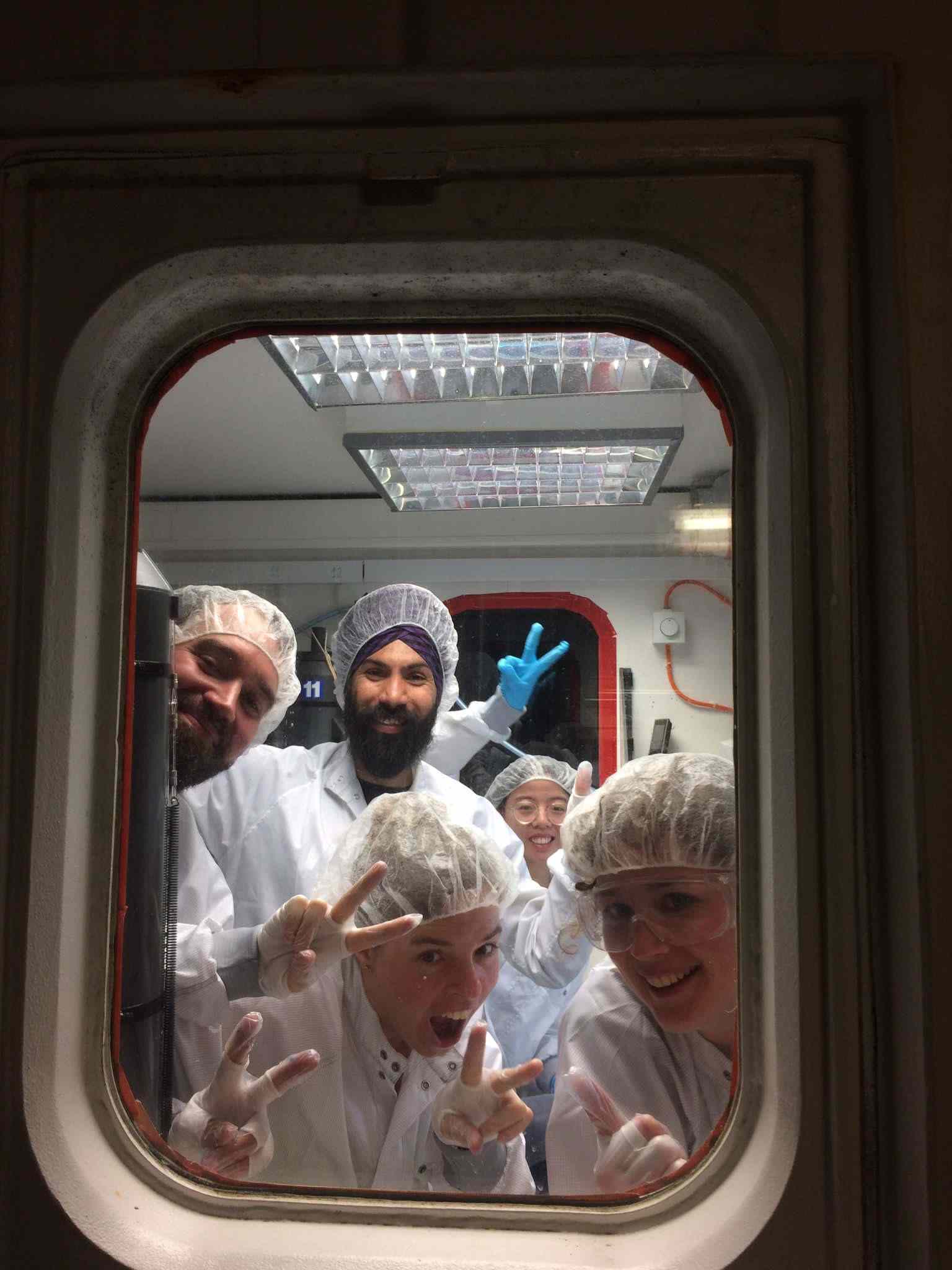
by Edel, Kati, Naman, Dominik and Yuping